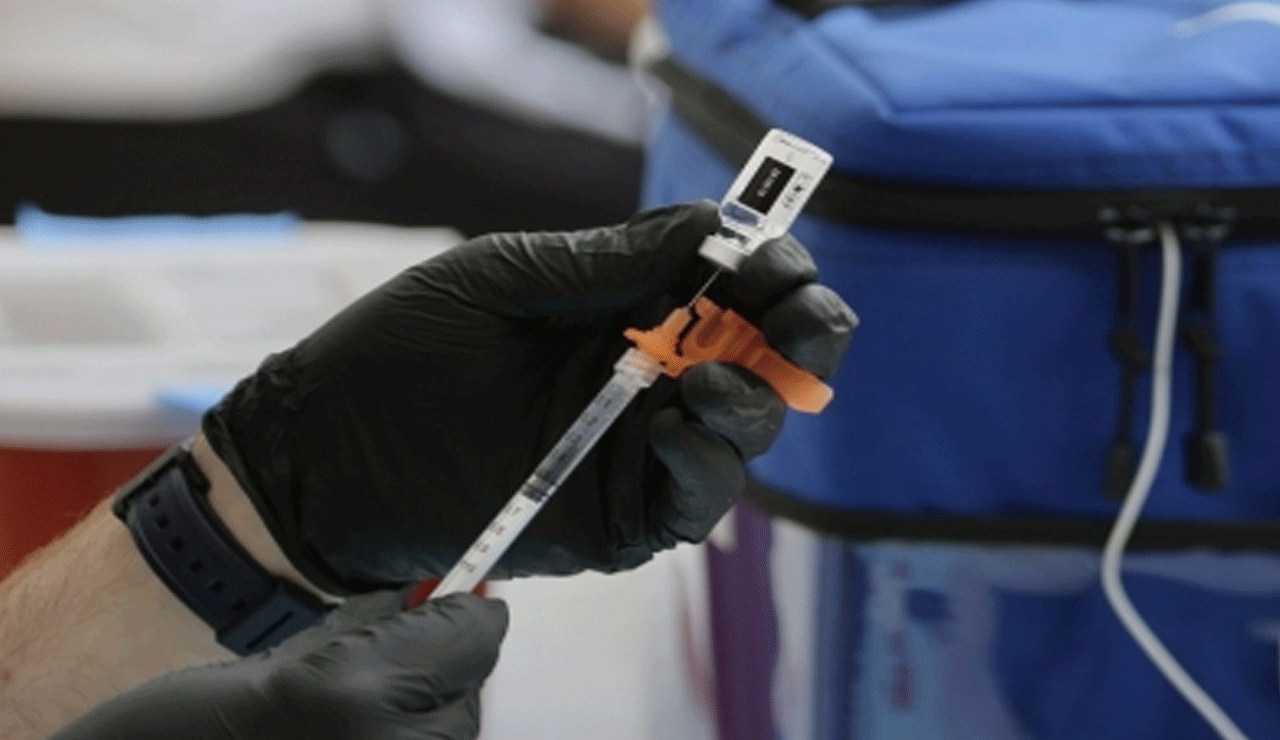Bangladesh Faces COVID-19 Vaccine Shortage Amid Surge in New Omicron Sub-Variants
Bangladesh is grappling with a shortage of COVID-19 vaccines just as new sub-variants of the Omicron strain begin to spread rapidly across the country.

Dhaka: Bangladesh is grappling with a shortage of COVID-19 vaccines just as new sub-variants of the Omicron strain begin to spread rapidly across the country. The Directorate General of Health Services (DGHS) has revealed that only 3.2 million doses of older vaccines remain in stock — many of which are set to expire in the coming months
Table of Contents
COVID-19 Infection Rate Rises Sharply in May
Data from the Institute of Epidemiology, Disease Control and Research (IEDCR) in Dhaka shows a worrying spike in infections. In May 2025, 134 out of 1,409 samples tested positive, indicating an infection rate of 9.51% — the highest monthly figure recorded between January and May.
Also Read: Air India Cancels 8 Flights, Including 4 International Routes
Procurement of New Vaccines Still Underway
Officials confirmed that no new vaccines targeting the latest Omicron sub-variants have arrived yet. However, procurement efforts are in progress.
“There are around 3.2 million doses of vaccines currently available. A vaccine committee will soon be formed to expedite decisions,” said Halimur Rashid, Line Director of the Communicable Disease Control (CDC) unit at DGHS.
Public Hesitancy Fuelled by Misinformation
Despite the surge in cases, health officials noted a lack of public interest in getting vaccinated. According to Rashid, rumors and misinformation — often without scientific basis — have contributed to the public’s hesitancy.
New Cases and Fatalities Reported
As of Thursday morning, 28 new COVID-19 cases were reported, bringing the country’s total confirmed cases to 2,051,932. The first COVID-related death in Bangladesh for 2025 occurred on June 5, when a man died in Dhaka.
So far, the total death toll from the virus in Bangladesh has surpassed 29,500 since the start of the pandemic.
Health Experts Call for Immediate Preparedness
Medical experts warn that early preparedness is crucial to containing the spread of new COVID-19 variants. They stress that proactive vaccination efforts, awareness campaigns, and early policy measures can significantly reduce both infection rates and potential fatalities.
